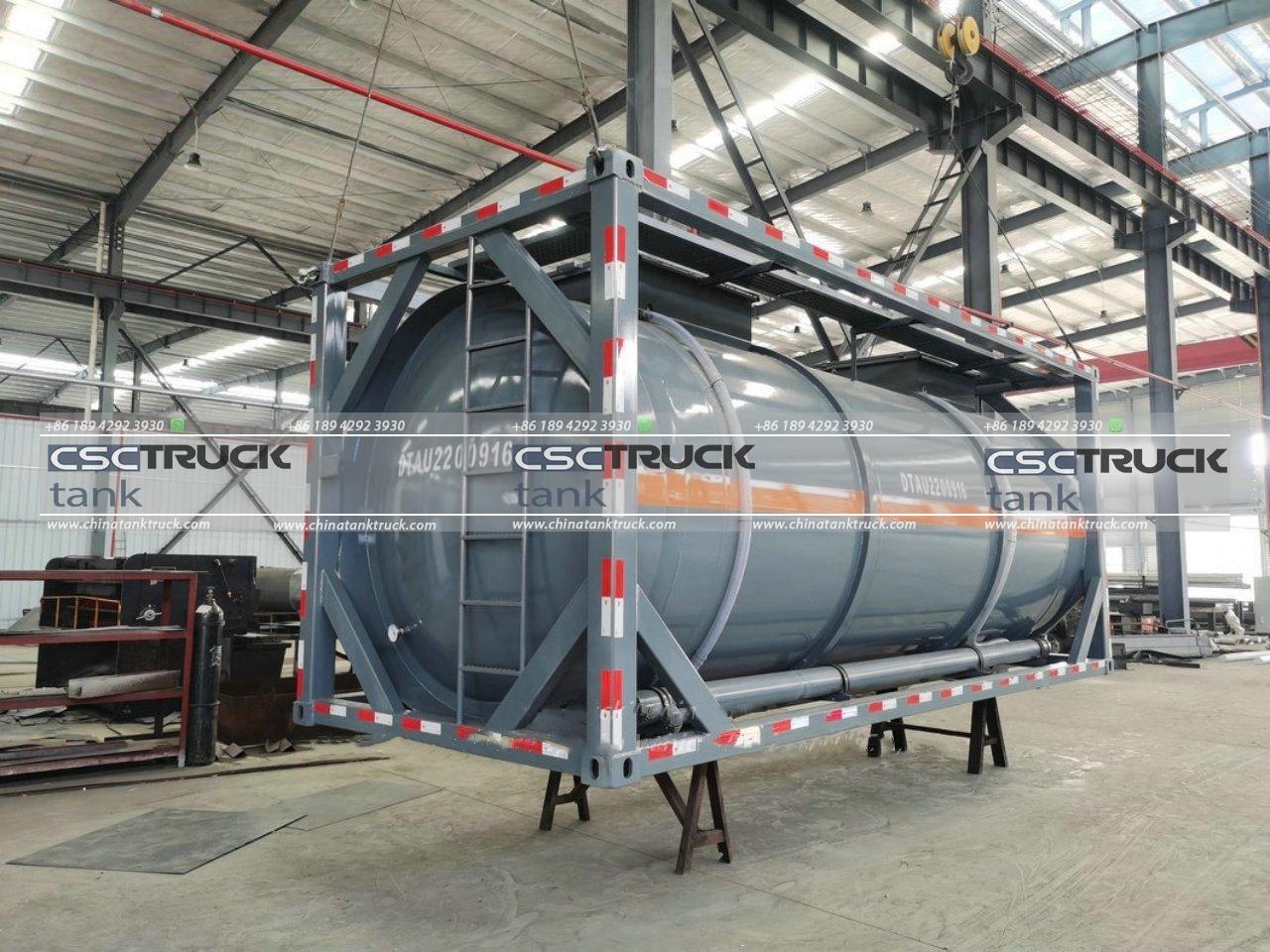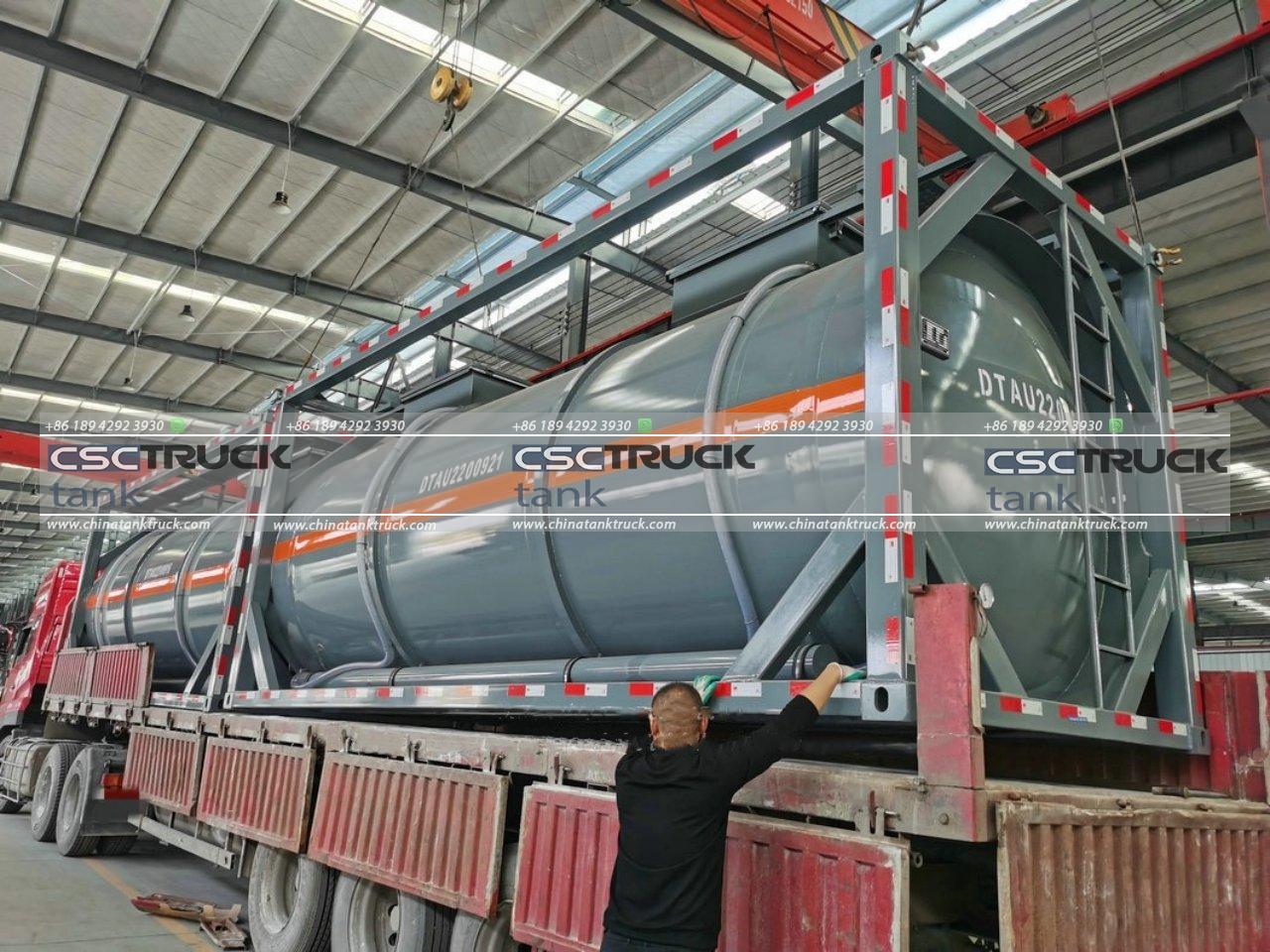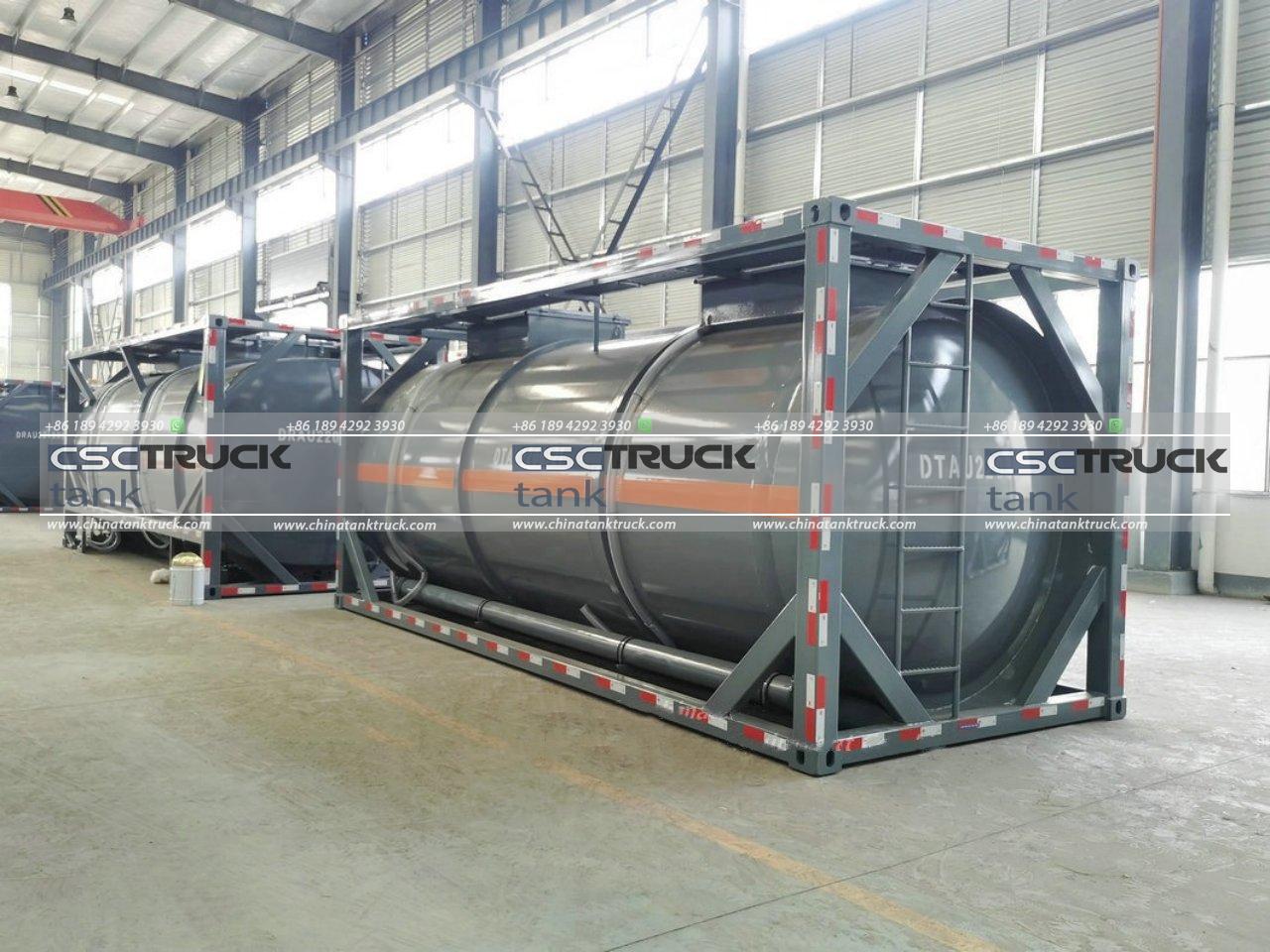What is the Difference between T11 and T14 ISO Tanks?
In the realm of industrial and chemical transportation, ISO tanks are indispensable for safely moving liquids and bulk materials across long distances. Among these, the T11 and T14 ISO tanks are 2 of the most commonly used types. Understanding the differences between T11 and T14 ISO tanks is crucial for choosing the right tank for specific needs, especially in industries such as chemicals, food and beverage, and pharmaceuticals. This article delves into the distinctions between T11 and T14 ISO tanks, examining their specifications, uses, and regulatory requirements.
What are ISO Tanks?
ISO tanks, or International Standards Organization tanks, are standardized containers designed for the safe transportation of liquids. They are built to meet international safety and quality standards, making them suitable for use across various modes of transport, including road, rail, and sea. The tanks are typically constructed with stainless steel and are equipped with various features to ensure the secure handling of their contents.

Overview of T11 and T14 ISO Tanks
T11 and T14 are designations used to classify ISO tanks based on their construction, insulation, and intended use. These classifications are defined by the International Organization for Standardization (ISO), which sets guidelines to ensure consistency and safety in the transportation of liquids.
T11 ISO Tanks
1. Design and Construction: T11 ISO tanks are insulated and often used for the transport of non-dangerous and hazardous liquids. The insulation helps maintain the temperature of the contents, making them suitable for liquids that need to be kept within a specific temperature range. T11 tanks typically have a single layer of insulation, which provides moderate thermal protection.
2. Applications: T11 tanks are versatile and can be used for a variety of liquids, including chemicals, food products, and pharmaceuticals. They are particularly well-suited for substances that do not require extreme temperature control but still need to be protected from ambient temperature fluctuations.
3. Regulations and Standards: T11 tanks are designed to meet ISO 1496-3 standards. These standards specify requirements for the tank’s construction, including safety features, insulation, and structural integrity. Compliance with these regulations ensures that T11 tanks are capable of safely transporting their contents while adhering to international safety standards.

T14 ISO Tanks
1. Design and Construction: T14 ISO tanks are also insulated but feature a more advanced insulation system compared to T11 tanks. They are designed to transport hazardous liquids, which means they have enhanced insulation to maintain the required temperature and additional safety features to handle the risks associated with dangerous substances. The advanced insulation in T14 tanks helps maintain a stable temperature for liquids that are sensitive to temperature variations.
2. Applications: Due to their enhanced insulation and safety features, T14 tanks are typically used for more demanding applications. They are ideal for transporting hazardous chemicals, including flammable and corrosive substances. The superior insulation and safety measures make T14 tanks suitable for liquids that require strict temperature control and additional safety precautions.
3. Regulations and Standards: T14 tanks are built to comply with ISO 1496-3 standards as well, but they often have additional certifications and meet stricter safety requirements due to their intended use for hazardous materials. They may also need to comply with specific regulations related to the transport of dangerous goods, such as those outlined by the UN Recommendations on the Transport of Dangerous Goods (ADR/RID/IMDG).
Key Differences Between T11 and T14 ISO Tanks
1. Insulation: The primary difference between T11 and T14 ISO tanks lies in their insulation. T11 tanks have standard insulation suitable for moderate temperature control, while T14 tanks are equipped with advanced insulation systems designed to handle extreme temperatures and provide additional protection for hazardous materials.
2. Safety Features: T14 tanks come with enhanced safety features due to their use for transporting hazardous substances. This includes more robust construction, improved leak prevention measures, and additional safety certifications. T11 tanks, while still adhering to safety standards, do not have the same level of safety features as T14 tanks.
3. Applications: T11 tanks are used for a broader range of applications, including non-hazardous and less temperature-sensitive liquids. T14 tanks are specifically designed for hazardous and temperature-sensitive liquids, making them suitable for more specialized and demanding transport needs.
4. Regulatory Compliance: Both T11 and T14 tanks must comply with ISO 1496-3 standards, but T14 tanks may also need to meet additional regulations and certifications related to the transport of dangerous goods. This includes compliance with international regulations for hazardous materials, which adds an extra layer of scrutiny and safety for T14 tanks.

Conclusion
In summary, while both T11 and T14 ISO tanks are designed to meet high standards of safety and quality, they cater to different needs based on their insulation and safety features. T11 tanks offer a versatile solution for various liquids with moderate temperature requirements, whereas T14 tanks are specialized for transporting hazardous materials that require enhanced insulation and safety measures.
Choosing between a T11 and T14 ISO tank depends on the specific requirements of the cargo, including its nature, temperature sensitivity, and safety considerations. By understanding these differences, industries can make informed decisions to ensure the safe and efficient transportation of their goods. Whether you’re dealing with everyday chemicals or hazardous substances, selecting the right ISO tank is crucial for maintaining the integrity of your cargo and ensuring compliance with international regulations.

